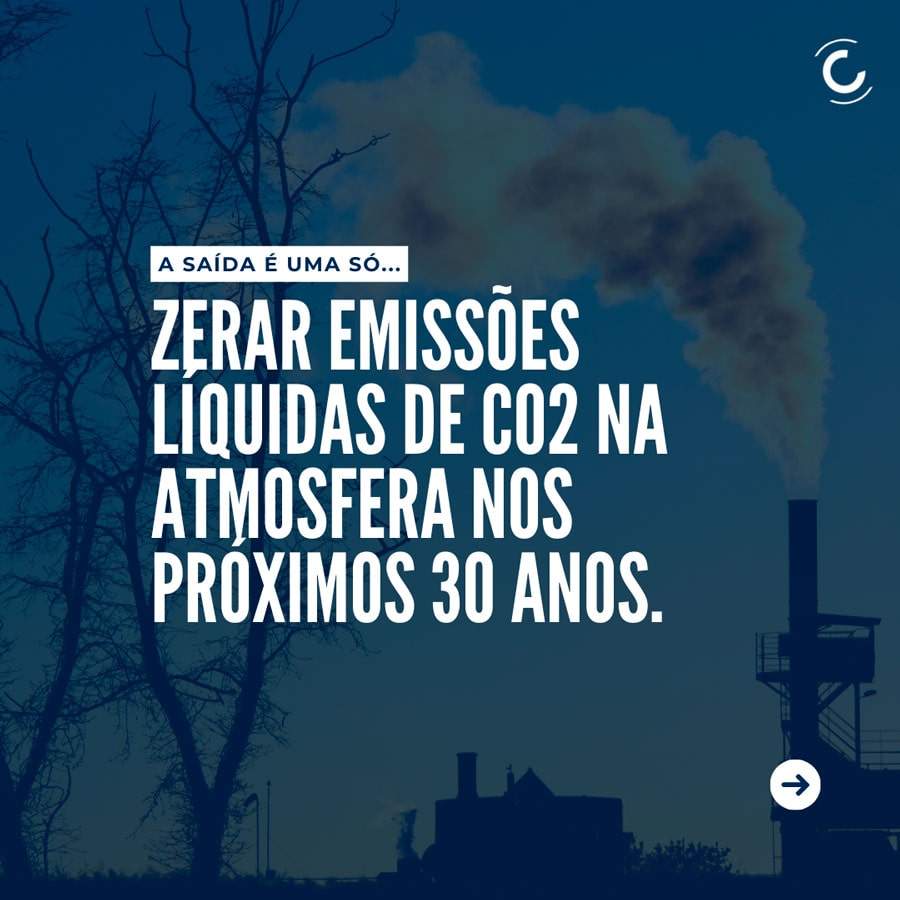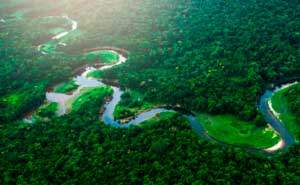The United Nations Intergovernmental Panel on Climate Change (IPCC) has just released its 6th report on the climate panorama of the planet and is categorical: “It is unequivocal that human influence warms the atmosphere, the ocean and the earth”; “warming caused by human activities accounts for 1.07°C more than the historical average from 1850 to 1900”; and completes: the concentration of CO2 in the atmosphere today is the highest in the last 2 million years and 2011-2020 was the warmest decade in the last 6500 years.
For years, the IPCC has been criticized by most environmentalists for being too conservative in its analysis and conclusions. Even so, backed by the most rigorous existing climate models and statistical analyses, the report presents the following conclusions:
- Human influence is most likely (90% to 95% probability) the main driver of global glacier retreat since the 1990s;
- Sea level rose 20 cm between 1901 and 2018. The rate of elevation jumped from 1.35 mm per year between 1901 and 1990 to 3.7 mm per year between 2006 and 2018. Since 1900, sea level has risen faster than at any other period in the last 3,000 years;
- Due to “climate inertia”, even if emissions are reduced to zero, the level of the oceans will continue to rise for centuries or millennia. Over the next 2,000 years, mean ocean levels will rise by about 2-3m if warming is limited to 1.5°C; 2 to 6m if limited to 2°C and 19 to 22m with 5°C heating;
- It is virtually certain (99% to 100% probability) that heat waves have become more frequent and intense in most terrestrial regions since 1950;
- It is likely (66% to 90% probability) that the occurrence of Category 3-5 tropical cyclones has increased over the past four decades;
- Human influence has likely increased the chance of extreme composite events on a global scale since the 1950s, such as heat waves occurring simultaneously with extreme droughts.
Regarding the South American reality, the models indicate, with a high degree of confidence (80%), that some mid-latitude and semi-arid regions, and the monsoon region of South America, will have a greater increase in temperature during the day. warmer, about 1.5 to 2 times the rate of global warming, and that the onset of the rainy seasons, not only in South America, but also in North America and West Africa, will be delayed.
The report further highlights, as very likely, that each additional 0.5°C of global warming causes clearly discernible increases in the intensity and frequency of extreme weather events such as heat waves, torrential rains, intense fires, agricultural droughts, intense tropical cyclones, as well as reducing arctic ice, snow cover and permafrost, and that relative to the average between 1850 and 1900, the global temperature increase in 2081-2100 will most likely be 1°C to 1.8°C in the best-case scenario and from 3.3°C to 5.7°C in the worst-case scenario.
In this worrisome and complex scenario, the good news is that in the two best scenarios, where humanity commits to a profound reduction in greenhouse gas emissions, global warming in excess of 2°C is unlikely. Therefore, the report’s message is clear: to avoid the worst scenarios – or to reach the “point of no return” of the planetary climate system – humanity needs to quickly and effectively address issues such as increased energy efficiency, suspension subsidizing fossil fuels, closing coal-fired thermoelectric plants and expanding the scale of implementation of natural climate solutions (SCN), such as the programs to reduce deforestation and accelerate restoration, developed by BRCarbon, for example.
Among the strategies to combat climate change, the SNA stand out for acting on two distinct fronts, as in addition to mitigating global warming through the retention of carbon in forest biomass, they also contribute to the adaptation and resilience of ecosystems and communities in the face of climatic extremes, which are more and more intense nowadays.
Author: Diego Serrano, Technical Director at BRCarbon.


